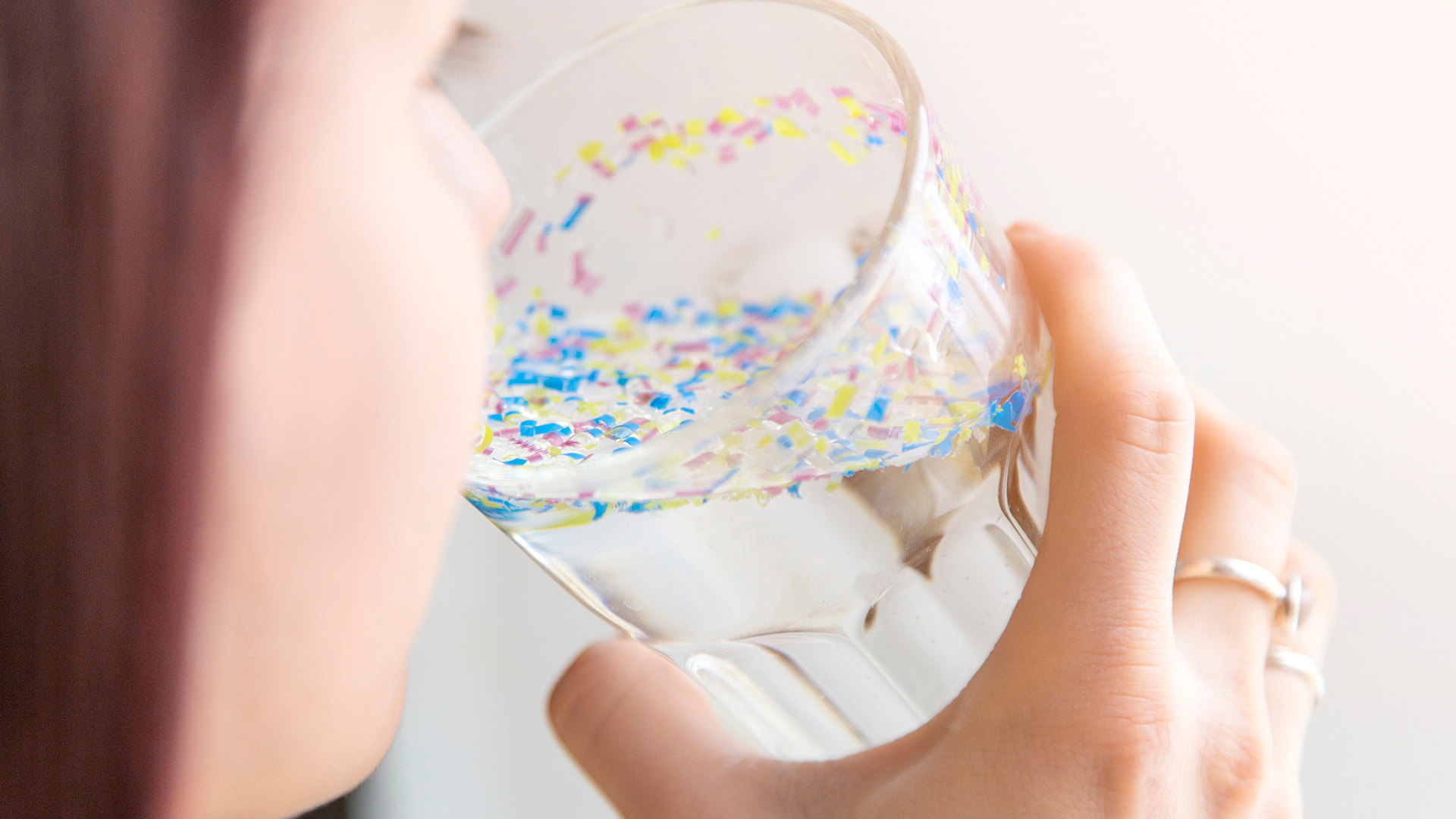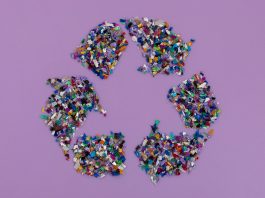In a pivotal advancement in the understanding of microplastics and nanoplastics, a meta-study has revealed alarming evidence of their adverse effects on human health.
Spearheaded by Dal Yöntem of Koç University and Müfide Aydoğan Ahbab of the University of Health Sciences Türkiye, the study scrutinised 130 research papers, bringing to light the urgent need for further investigation into the pressing environmental and public health concern of plastic pollution.
The investigation revealed that microplastics and nanoplastics have profound impacts on human health, increasing the risk of various diseases and conditions.
The researchers explained: “If more people were aware of the potential threat of microplastic and nanoplastic pollution, and the associated increased risk of life-threatening conditions like cancer and the fatal form of dementia, Alzheimer’s, they would almost certainly call for and take more action.”
The growing prevalence of plastic pollution
Microplastics and nanoplastics exist in two primary forms: primary particles, commonly found in everyday products such as toothpaste and sunscreen, and secondary particles, resulting from the degradation of plastic waste.
While primary particles tend to have smoother surfaces, secondary particles exhibit a diverse range of shapes, posing a heightened risk to human cells.
Moreover, the pervasive presence of microplastics and nanoplastics in oceans, soil, air, and the human food chain underscores the urgent need for comprehensive mitigation strategies.

Health impacts of microplastics and nanoplastics
The presence of microplastics and nanoplastics is widely recognised as a significant hazard to mitochondrial wellbeing and activity, potentially elevating the risk of various health conditions such as Alzheimer’s disease and strokes.
Despite the global concern surrounding plastic pollution, the precise implications for human health remain largely unexplored. The limited detection methods available have constrained the understanding of human exposure.
Investigating the impact of exposure is crucial to discerning thresholds of exposure and toxicity, as well as devising strategies to mitigate its detrimental effects on the body.
Research indicates that microplastics and nanoplastics can instigate mitochondrial dysfunction primarily by inducing oxidative stress, leading to diminished adenosine triphosphate (ATP) production—the essential energy source for all cells.
This disruption in cellular processes can culminate in cell demise. Furthermore, microplastics and nanoplastics have been observed to interact with mitochondria directly, causing structural harm and functional impairment.
These interactions trigger various cellular responses, ranging from inflammation to apoptosis, exacerbating the overall toxicity of microplastics and nanoplastics.
Additionally, exposure may interfere with the dynamic processes responsible for maintaining mitochondrial health, potentially diminishing mitochondrial mass and further compromising cellular health and function.
Urgent call for enhanced research and regulatory action
The meta-study’s findings underscore regulators’ need to reassess the environmental and health risks associated with plastic pollution.
Despite the gravity of the issue, significant gaps persist in understanding the toxicity of microplastics and nanoplastics.
Current research predominantly focuses on primary microplastics and nanoplastics, particularly those composed of polystyrene (PS) plastic, leaving secondary particles and alternative plastic polymers largely unexplored.
Furthermore, the impact of common additives and absorbed environmental pollutants remains inadequately understood, highlighting the pressing need for further investigation.
Yöntem and Aydoğan Ahbab explained: “Everybody needs to look at their own use of plastic products. Governments and organisations need to develop policies that reduce plastic waste and promote sustainable alternatives.
“This collective effort will require cross-disciplinary collaboration encompassing environmental science, toxicology, public health, policymaking, and more. This is no longer just about the impact on our planet; we urgently need to find out more about microplastics and nanoplastics to safeguard our own and future generations’ health.”
As evidence mounts regarding the detrimental effects of microplastics and nanoplastics on human health, concerted efforts are needed to address this global environmental and public health crisis.









